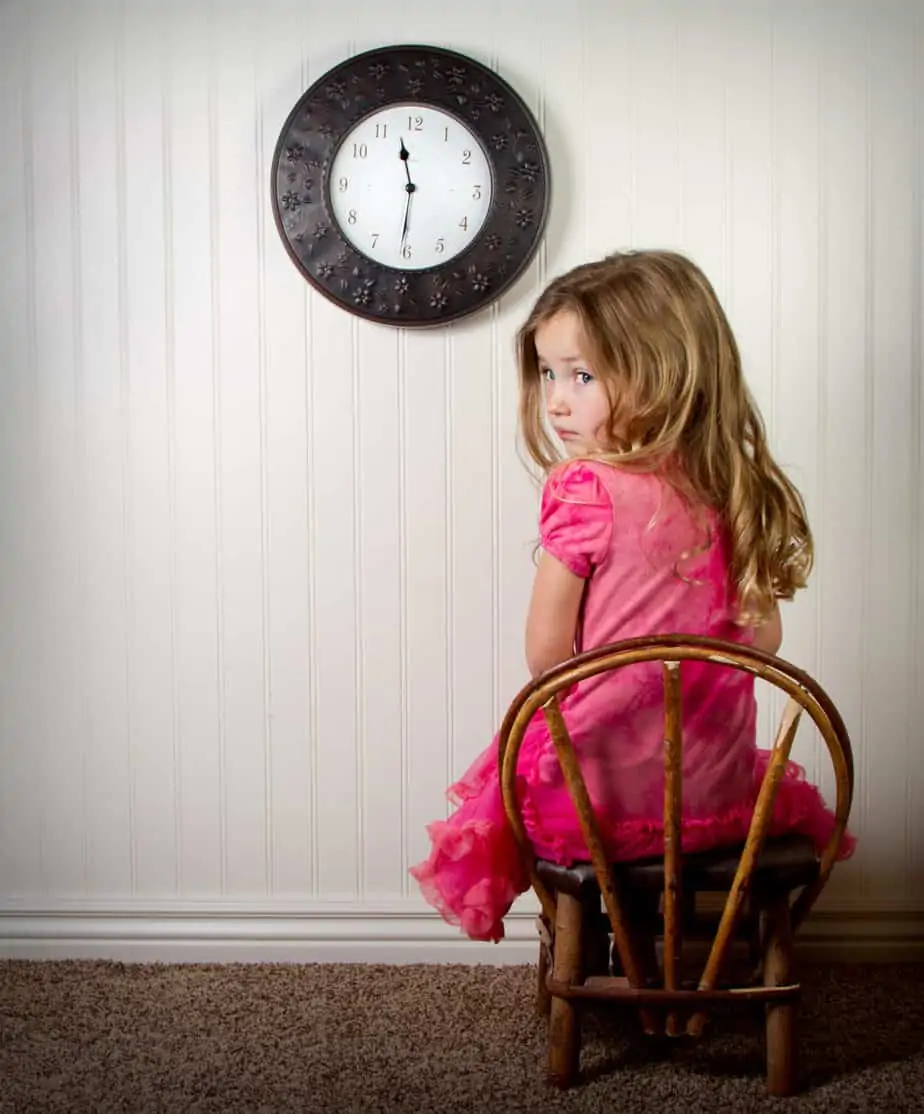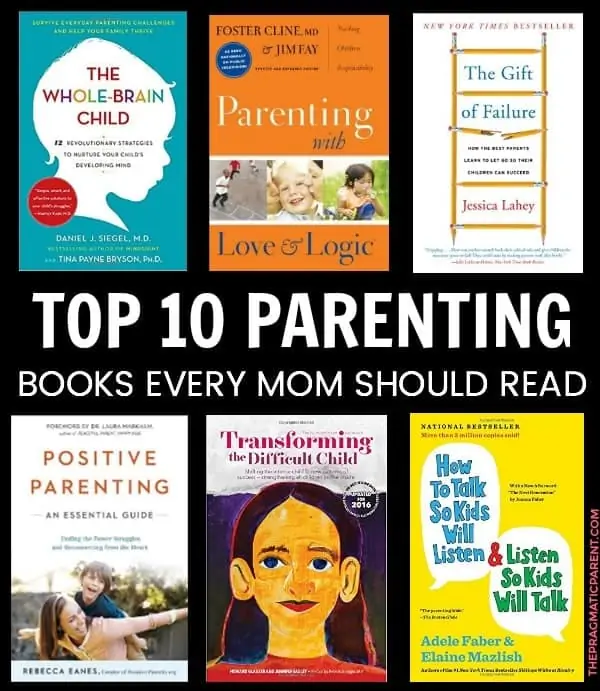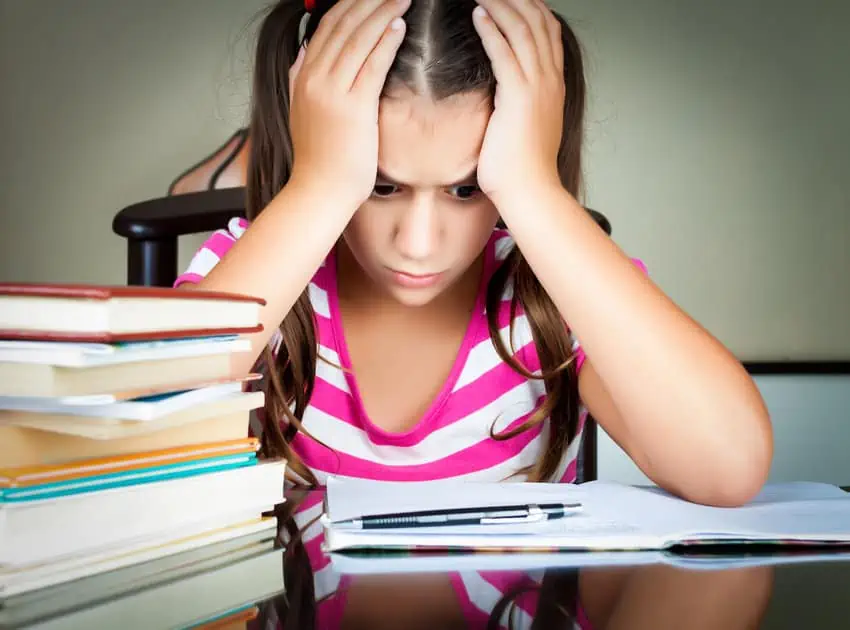Inside This Post: Hidden dangers of popular social media apps and risk of too much screen time. Social Media exposes youth to cyberbullying, pornography, self harming, and teen suicide. Set limits with technology.
Dangers Inside Popular Social Media Apps & Programs
“What are you watching?” I asked my seven-year-old daughter.
She was sitting at the counter on the other side of the kitchen watching her propped up Kindle, while I chopped up vegetables.
“Just something that came up on YouTube Kids.” She replied, nonchalantly.
It was the statements, “you shouldn’t be alive”and “maybe you should die” that immediately caught my attention and had me whipping around the kitchen island to snatch the pink kindle out of her hand.
I had become aware of the hidden and dangerous programs that could interrupt a channel on YouTube because I was in the trenches of writing the Online Safety Handbook, but hadn’t come across it myself.
Until then.
I knew immediately what it was.
I shut it off before it could say anything else and looked down at Juliette.
She was puzzled why I had ripped it out of her hands and why I looked so angry, although I wasn’t angry at her. I was angry a character had shown up on her screen prompting her with self-harming notions and it had access to my girl.
That made me raging mad.
I had thought our “age-appropriate programming” was okay on the kindles we allowed our kids to use once or twice a week, but I was wrong.
The problem is that programs like YouTube Kids and innocently named apps aren’t as protected, or predator-proof as we’re lead to believe.
The truth is, it’s easy to gain access to our children.
It’s quite easy – if someone has the intention, and accessibility to them – and routed through common social media apps and Internet programs, it’s easier than you or I have been led to believe.
There are many reasons social media can be safe and fun, but there are also plenty of reasons why it can be a dangerous playground for your youth and teens.
What is put on social media through apps and programs can make children easy targets for not only cyberbullying, self-harming prompts, and online predators who are experts at grooming kids and navigating the online world while keeping parents out of the loop.
Here’s what’s on social media and the Internet you need to be watchful of:
- Cyberbullying
- Online predators who might mean to harm children
- Exposure to sexual content, adult content, foul language, lude acts, etc.
- Self-harm and suicide discussions, with instructions and comments promoting these acts
- Posting inappropriate photos or videos of themselves online
In fact, many young children and teens admit that while using some form of social media (app, device, program, etc.), they have:
- Been contacted by a stranger
- Nearly half of young people (47%) report they’ve received intimidating, threatening or nasty messages online
- Been contacted by another user who made them feel scared, uncomfortable or anxious
- Have seen sexual images through advertising, videos and photo images that were inappropriate for their age
- Lied about their age to gain access to websites and apps (there are no age verification tools to authenticate the real age of users on any social media app regardless if they say they have age requirements!)
A Safer & Smarter Solution for Kids with Phones
If you have children who are old enough to have their own phones, it’s important to not only monitor usage but make sure what they spend their time on is safe and appropriate. I love the Gabb Wireless phones for this reason.
Gabb created a safe phone without internet, social media, games or worries but still allows approved contacts to text (no photos can be sent), take and store photos and make phone calls. Plus, it looks exactly like a smartphone.
They also have the new Gabb Wireless smartwatch which feels like a great option for young kids who need to get in contact with their parents, be able to track location, also counts steps and has absolutely no access to social media or potentially dangerous apps.
What are Kids Being Exposed to?
Kids and teens lack the maturity and brain development to not be adversely affected by what is said and exposed to them on the Internet.
This isn’t just about protecting your child from seeing obscene images; it’s about being coerced into putting their own inappropriate content out into the cyber world where it can never be removed, can be groomed by child predators, be bullied or may bully others, getting scammed, ripped off, disrespected, taken advantage of, manipulated, encourage to or get access about how to self-harm.
Here’s why you need to be cautious with social media but also assert yourself as your child’s watch dog whether they have their own tablet for one day or smartphone for three years.
Cyberbullying
A 2016 report from the Cyberbullying Research Center found that 33.8% of kids between the ages of 12 – 17 were victims of cyberbullying in their lifetime.
Conversely, 11.5% of students between the ages of 12 – 17 admitted they had engaged in cyberbullying.
Girls are more likely to be the victim of cyberbullying (40.6%) versus boys (28.8%).
Instagram has the highest reports of youths who have experienced cyberbullying (42%) than any other platform.
- Instagram (42%)
- Facebook (37%)
- Snapchat (31%)
- YouTube (10%)
Parents are often unaware their kids are victims of cyberbullying, and this is unfortunate as cyberbullying leads to significant long-lasting negative effects such as anxiety, depression, feelings of hopelessness, high levels of stress, and suicidality.
Of the students that reported cyberbullying :
- 25%of teens on social media reported having an experience resulting in a face-to-face confrontation with someone.
- 13%reported concern about having to go to school the next day.
- 12%reported being called names they didn’t like via text messages.
- 11%received a text message from another user intended to hurt their feelings.
- 8%reported having physical altercations with someone because of something that occurred on a social network site.
- 6% reported another student sending a message or chat to hurt their feelings.
- 4%reported having something put on a profile page to hurt their feelings.
- 3%reported receiving a nasty email from another student.
Protective Factors Against Cyberbullying
- consistently monitoring and rechecking internet and device use
- being diligent about what apps are allowed including using them yourself before your child does
- setting boundaries on screen time
- only allowing the device to be used in one part of the home and never the bedroom or bathroom
- More proactive protective measures can be found in the Online Safety Handbook.
Pornography
Many social media apps and Internet programs can look safe and feel safe because of their popularity and how many millions of people use it, but that’s not an accurate measure of safety.
The truth is, many of the most popular apps youth are using these days, easily expose your child to pornography, sexually explicit and inappropriate content even with a safety net on your browser.
Exposure to pornography is harmful for young kids. Seeing sexual acts that a child cannot comprehend is confusing, and frightening to experience. Children and adolescents can become “de-sensitized” to pornography and can result in acting our sexualized behaviors, putting them at high-risk for sexual experiences as adults, according to Prevent Child Abuse America.
Protective Factors Against Pornography
- Teaching kids body safety rules and what’s inappropriate is the start to the conversation about pornography.
- Teach about being respectful and what’s a respectful way to talk to, interact and be with someone. Pornography is not about being respectful to another person.
- Talk about media and a culture that communicates hyper-sexuality to get attention. Sexually explicit pictures and videos to get attention and posted to social media and shared via email, are never okay.
- Take preventative measures to limit exposure to harmful content with safeguards and filters you can find in the Online Safety Handbook.
- Talk to kids about making decisions about what they post through social media or webcams and to think through their actions before they hit “enter.”
- Help children develop a critical eye when viewing social media and using apps, so they can differentiate between respectful relationships, what’s made for to be hyper-sexualized for “likes” and shares, and what is respectful.
- Adults who choose to view adult pornography, have an obligation to ensure children have no means to access it
In the Online Safety Handbook you can look at the 31 most popular apps and how your child can be exposed avertedly, or even purposely to pornographic images.
Self-Harming
There are many programs and apps which not only bully users, but find their weakness and push them so far as to self-harm, even directing them to do this without a parent’s knowledge.
Being diligent about what’s being accessed, shared and searched on all your child’s devices is critical.
The best way to limit access to this material on the Internet is to block searches for related terms. These same safeguards do not work for social media apps and unfortunately, can also be hidden with jailbreak and hiding programs so you can’t see conversations and content.
That’s why you need to be diligent about what is approved to download, use and constantly checking in.
Before an app is downloaded, use it yourself as your child would. You need to think like a child to understand how it will be used and uncover any hidden wormholes you want to stay out of reach.
Use the Online Safety Handbook to review the 31 most popular apps among youth, how to check for jailbreak or icon hiding programs, and set up your home’s WiFi and devices for safe use.
Teen Suicide
Between 2010 and 2015, 33 percent of U.S. teens experienced symptoms of depression. Teens said they experienced extreme feelings of hopelessness and suicidal thoughts.
Sadly, more than 31 percent of teens who died in these years, took their own lives by suicide. A number that’s higher than in any previous years.
A common link?
During this time, the use of digital media, and personal social media platforms exploded and so did teens’ screen time.
By 2012, more than 90 percent of adolescents had their own smartphone, which largely goes unchecked by parents especially since teens have their phone with them at school and times when they’re away from home and cannot be monitored.
At the same time, the study found that teens spent less time doing homework, meeting up with friends, socializing, volunteering, participating in religious communities, playing sports and reading books – all activities that have been a huge part of teen’s lives for many generations past.
These activities have been replaced with time spent on electronics.
Screen Time & Links to Depression and Suicidal Thoughts
- Higher use of screens significantly correlates to a higher likelihood of being depressed, feeling hopeless and committing suicide
- Increased risk for mental health problems for teens who spent 3 or more hours with screens (34% more likely to feel hopeless than kids who use screens for less than 2 hours.)
- Social media apps have hidden dangers where kids can bully and capitalize on these hopeless and depressed feelings, even urging teens to self-harm, given them steps to follow and committing suicide.
- Girls use social media more than boys and are a higher risk for mental health problems.
- Social media does not fill a person’s need for human contact and the low-in personal social contact puts teenagers at a significant risk for depression.
Proactive Ways to Limit Screen Time and Social Media Use
I admit, it’s easy to turn on the TV or let my kids play on their Kindles while I’m cooking dinner or we’re at another doctor’s office waiting for our name to be called.
However, knowing what I know now about the dangerous of too much screen time to kid’s well being and psychological health, I chose to put limitations on electric uses and help my kids find alternative forms of entertainment they can chose from that will do them much more good.
Letting kids use technology with limits, can be achieved if you set ground rules in your home:
- Set a time limit for daily device use and stick to it!
- Don’t put a TV in bedrooms. Having a television in a bedroom has been linked to a number of problems including poor sleep, inability to sleep through the night, obesity and lower test scores.
- Have a device free zone. Don’t allow phones or devices at the dinner table, in restaurants, in the car, while doing homework, when friends or family are visiting, and never in the bedroom or bathroom.
- Help your child choose an app, video game or show by using it or watching it right alongside them. You won’t know whether something is appropriate unless you’re paying attention and seeing it from their perspective. Put yourself in their shoes when you use it or watch it.
- Do a digital detox day once a week. Pick one day a week – and better yet if it’s a weekend when family time is uninterrupted by devices and notifications – where everyone in your family is unplugged from their phone, devices and even the television. Instead, fill your time with a family activity everyone will like doing together.
- Find fun alternatives so technology is always the last choice on the list. Find ways for your kids to stay active, get outdoors or be creative without tech devices, such as playing board games, going on a bike ride or family walk, coloring or painting fingernails.
Here’s another thorough article on the Harmful Effects of Excessive Screen Time Use for Kids and what the threshold is for using electronics regularly, that puts your child at risk for harmful physiological effects.
Want even more?
Shop All Parenting Resources
Shop all of our parenting resources from self-regulation tools and managing big emotions to building self esteem and confidence. There are resources for all seasons of life!









